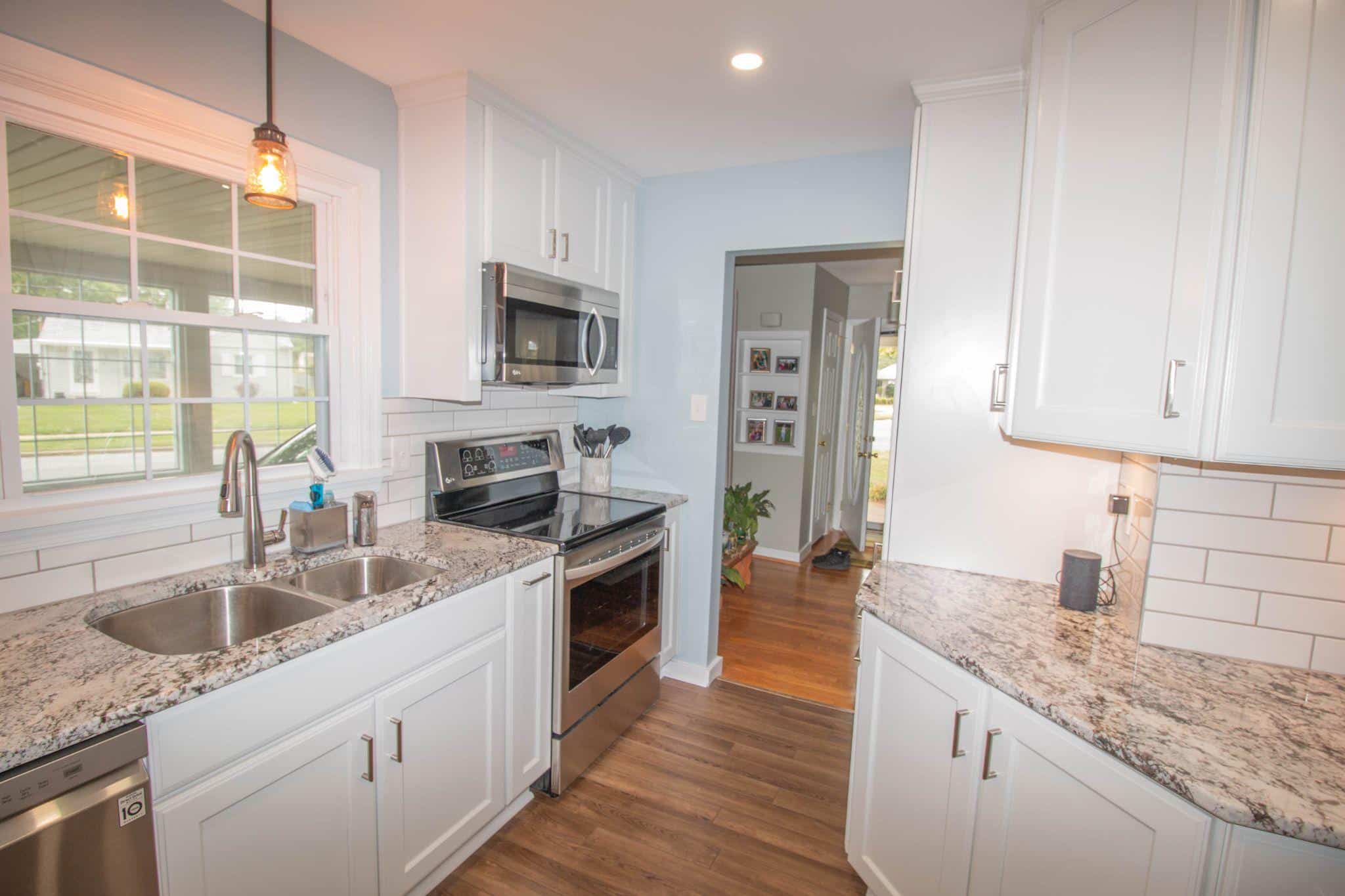From storage to recreational spaces, basements are versatile areas that serve various purposes.
Designing one requires careful consideration of different factors to ensure it is functional, comfortable, and aesthetically pleasing.
In this article, we’ll discuss the best practices for designing a basement, covering all essential aspects.
Assess the Basement Design
Begin by checking the basement’s structure. Ensure that it is free from issues like leaks or inadequate insulation.
This foundational step is important for avoiding future problems and ensuring a solid base for any design.
Clearly determine the intended use of the basement as well. The purpose will guide design decisions, from layout to materials.
Common purposes include living spaces, office areas, and storage or manufacturing facilities.
Plan for Emergency Preparedness
Incorporate features for emergency preparedness to ensure safety in critical instances. Install smoke detectors and fire extinguishers in certain areas.
You can also install Bilco access doors to provide reliable entry and exit points, ensuring the space can be evacuated quickly and safely.
Planning for emergencies protects occupants and ensures that the basement meets safety regulations.
Review Building Codes and Permits
Follow local building codes and get the required permits. It’s essential for safety and legality, ensuring the design meets all regulatory standards and avoids potential legal issues.
Maximize Natural Light
To brighten the space, incorporate natural light sources, such as windows, light wells, or skylights.
This is particularly important for recreational areas and office environments, where natural light can improve ambiance and productivity.
Plan for Storage
Integrating appropriate storage solutions is crucial for maintaining an organized and functional basement.
The type of storage needed depends on the basement’s purpose:
- Recreational Areas: Use built-in cabinets or shelves to store games and media equipment. This keeps the space organized and items easy to reach.
- Office Environments: Install filing cabinets and shelves to organize documents and supplies. Good storage helps keep the workspace tidy and efficient.
- Industrial Uses: Heavy-duty shelving or racking systems handle inventory and equipment in industrial settings. They are designed to support heavy loads and frequent use, aiding in efficient operations and organization.
Focus on Safety and Accessibility
Designing for safety and accessibility ensures the basement is secure and easy to navigate.
Adequate lighting throughout the space prevents accidents and makes the area more functional.
Clear pathways and safety features such as handrails or emergency exits are essential for creating a secure environment.
This consideration is important for all basements, from recreational spaces to industrial settings, to ensure that users can move through the space safely and efficiently.
Consider Soundproofing
Soundproofing helps manage noise and improve comfort. Using soundproofing materials reduces disruptions and creates a better atmosphere.
It deals with machinery noise in industrial settings, improving working conditions and reducing pollution.
Coordinate Décor
Aligning décor with the basement’s function and style helps create a cohesive and appealing space.
To enhance comfort and visual appeal, personalize recreational areas with suitable furniture, artwork, and textiles.
For office environments, choose décor that reflects the brand or work culture, creating a professional and inspiring atmosphere.
Opt for minimalistic or functional design elements, prioritizing practicality and efficiency in industrial spaces.
Manage Electrical and Plumbing Needs
Addressing electrical and plumbing requirements based on the basement’s use is crucial for functionality and safety.
Ensure sufficient electrical outlets for entertainment systems, office equipment, or machinery depending on the basement’s purpose.
Include plumbing as needed for additional amenities, such as sinks or bathrooms, or for operational needs in industrial settings.
To Sum Up
Designing a basement needs careful planning. Whether it will be used for fun, work, or industry, it’s important to consider the structure, local rules, natural light, and safety.
Choosing the right materials and ensuring good airflow and proper technology will make the space work well.
Regular checks and a flexible design will keep the basement useful over time.
By following the steps mentioned, a basement can become a valuable and functional part of any building.








